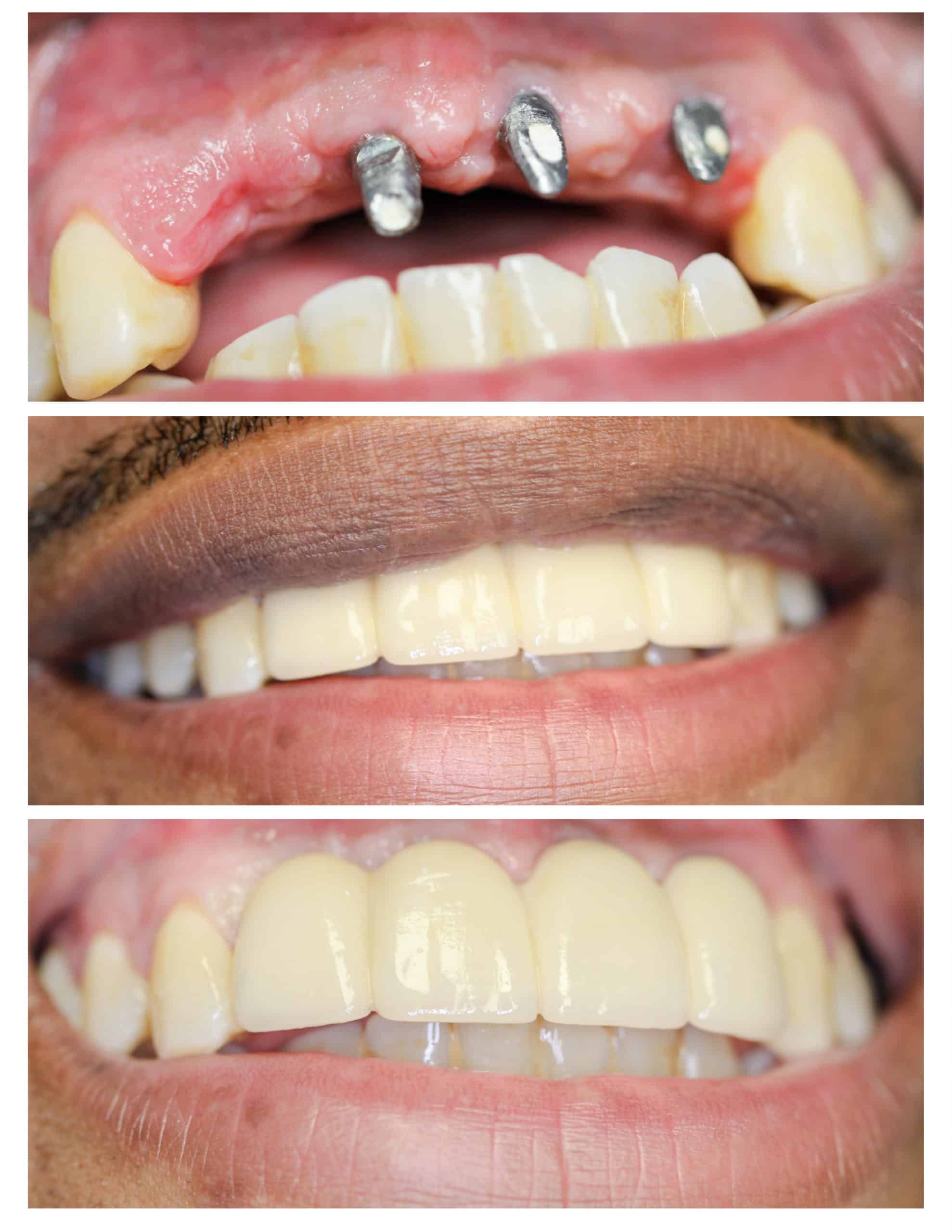Older people often desire to replace missing teeth, but they have complex medical, social, economic and resource issues that must be accounted for in their treatment plan. Dentists need to give careful attention to the patient-based assessment, diagnostic criteria and diagnostic steps to help the patient and family understand the strengths and challenges of each type of tooth replacement therapy. The author emphasizes the importance of careful evaluation and assessment of fixed versus removable implant–retained prostheses in the aging population.
Implants in geriatric patients continuation
In the general population, the use of dental implants has become a management strategy for replacing missing teeth. As part of the treatment plan for the aging population, general dentists should consider this treatment modality in their practices
This study reviews specific issues concerning the aging population and tooth replacement therapies. Older people often desire to replace missing teeth, but they have complex medical, social, economic and resource issues that must be accounted for in their treatment plan. Dentists need to give careful attention to the patient-based assessment, diagnostic criteria and diagnostic steps to help the patient and family understand the strengths and challenges of each type of tooth replacement therapy. The author emphasizes the importance of careful evaluation and assessment of fixed versus removable implant–retained prostheses in the aging population.
For many general dentists, dental implants have become an increasingly common treatment option for missing dentition. With the population becoming increasingly older worldwide, the general dentist will be confronted with patients who have complex medical and social histories who desire tooth replacement therapy. The rational delivery of this oral health care will assist in providing a high quality of life
Older patients visiting a dental office often have a constellation of medical, dental, social and patient-specific issues that can challenge the diagnostic and therapeutic capabilities of the dental clinician. When patients need and desire tooth replacement therapy, this can vary from conventional removable or fixed prostheses to a combination of fixed and removable implant-supported forms of tooth replacement.
For the majority of the population, the clinical success of dental implant therapy has improved such that some clinicians consider it to be a form of standard of care. However provocative this assessment may be, clinicians should not ignore the role of implant therapy to support the oral rehabilitation of the elderly population and of other medically compromised patients. The patient, caregiver, family and clinical team need to weigh the inherent advantages and costs of implant therapy. Tooth replacement therapy can vary from single-tooth replacement with conventional or implant-supported restorations to full-arch replacement with individual implant tooth-to-implant–supported overdentures. Each of these options (including no tooth replacement) has advantages and costs that must be weighted in a multifactorial consideration of patients’ desires, understanding, resources and perspective.The predictable esthetic and functional outcomes of care depend on a comprehensive diagnostic evaluation and treatment planning.

